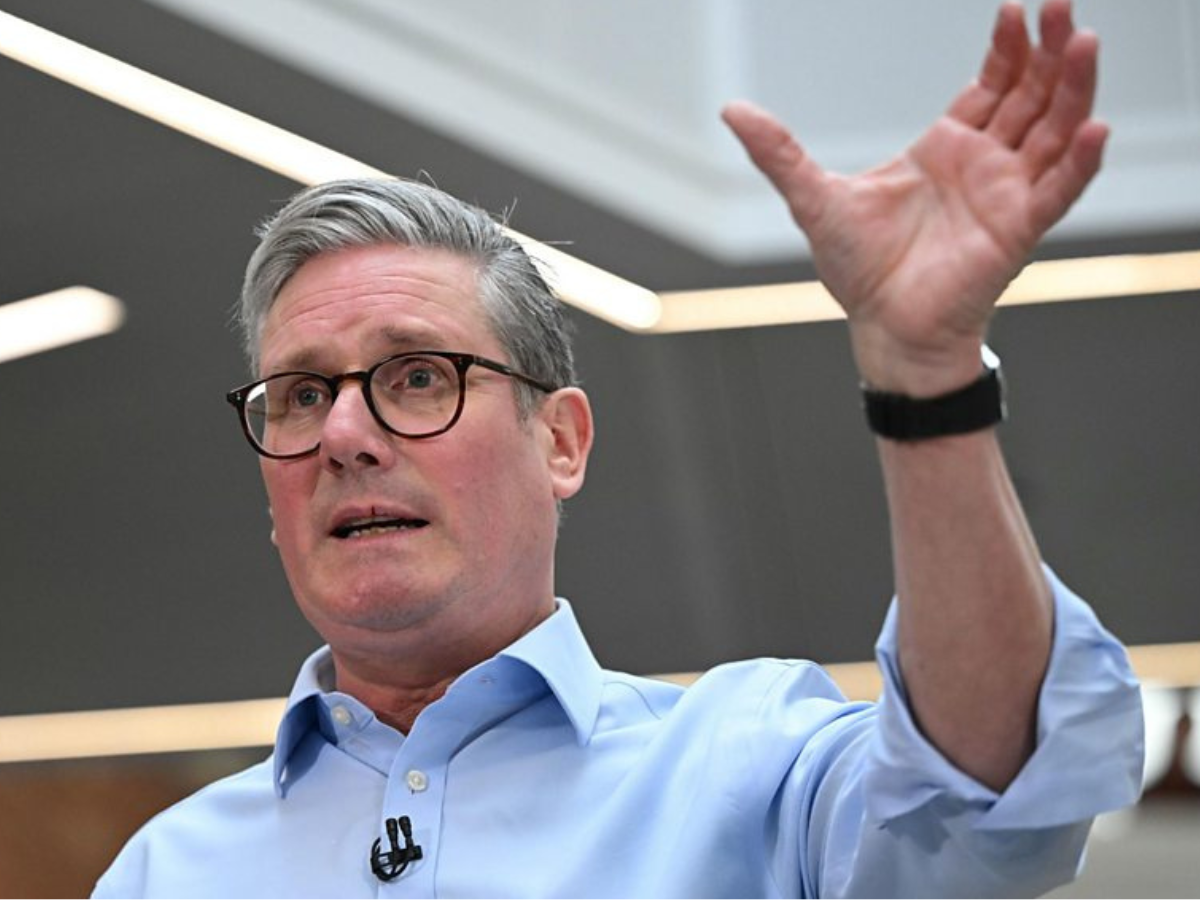

The Department of Health and Social Care (DHSC) is seeking to fill three new Director General (DG) positions, each offering a salary of up to £174,000, as it undergoes a major restructuring. This move comes as the NHS central functions merge with the DHSC, creating a new, larger entity that will house a total of 13 DGs alongside national priority program leads and regional directors, also at DG level. The recruitment drive has sparked discussion about the appropriate level of remuneration for senior public sector roles, particularly in light of ongoing scrutiny of government spending and public sector pay.
The three newly advertised DG positions encompass key portfolios: People, Adult Social Care, and Strategy and Healthcare Policy. The job descriptions emphasize the significance of the Adult Social Care and Strategy and Healthcare Policy roles, designating them as "core members" of both the new joint executive and the single departmental executive. Successful candidates will report directly to both the DHSC Permanent Secretary, Sam Jones, and the NHS Chief Executive, Sir Jim Mackey. This reporting structure underscores the integrated nature of the new combined organization and the importance of these roles in steering the future direction of health and social care.
The DHSC's decision to advertise these positions at such a high salary level is likely to be viewed through different lenses. Supporters of competitive public sector salaries argue that it is essential to attract and retain the most talented individuals to lead critical government departments. According to the Institute for Government, securing high-caliber individuals to run public bodies requires offering competitive pay, and low salaries could prove to be a "false economy". Oxford Research Encyclopedias notes that while many individuals are motivated by public service, competitive financial rewards are also crucial. High salaries can attract highly qualified personnel and motivate them to strive for high-quality outcomes. Conversely, others may question the justification for such high pay in a publicly funded service, especially at a time when resources are stretched and other public sector workers are facing pay constraints or cost-cutting measures. There are arguments that prioritising frugality in public sector remuneration is important, particularly in countries where there is a lower public opinion of government.
It is worth noting that while the salary of the Prime Minister is currently £172,153, several civil servants in the Cabinet Office already earn more than £230,000. This reflects the ongoing debate surrounding senior public sector salaries and the delicate balance between attracting talent and ensuring fiscal responsibility and public trust. A 2019 survey of civil servants in the UK revealed that only one third were satisfied with their pay and believed it was fair. Furthermore, only 0.5% of civil servants earn more than £100,000, and the average salary for a Senior Civil Servant, at £88,970, is significantly lower than comparable private sector roles. Therefore, while these new DG salaries may seem high, they are likely set to compete with the private sector for top talent, which is crucial for delivering effective health and social care services.
The merger of the DHSC and NHS England, which forms the backdrop for these appointments, aims to streamline the health and social care system and improve efficiency. However, organizational restructuring can come with challenges, including potential impacts on staff morale and possible disruption to existing routines and practices in the short to medium term. The success of this reorganization, and the impact of these new high-profile positions, will depend on effective leadership and a smooth transition. Finding the right balance of experience and motivation to drive the new integrated health and social care agenda will be crucial, and the salaries offered reflect the perceived importance of these roles in ensuring a thriving health and care system for the public.